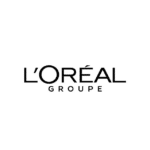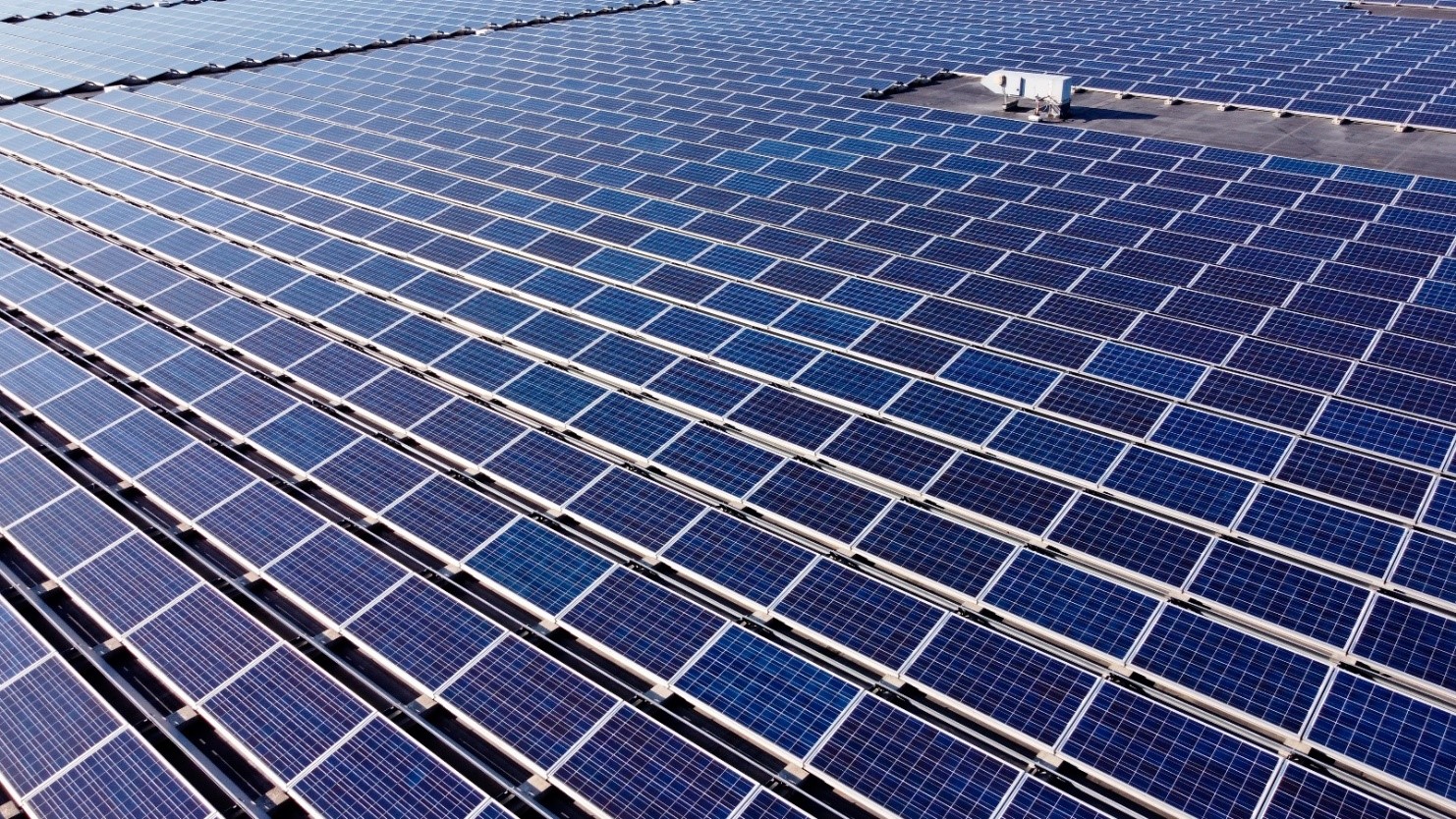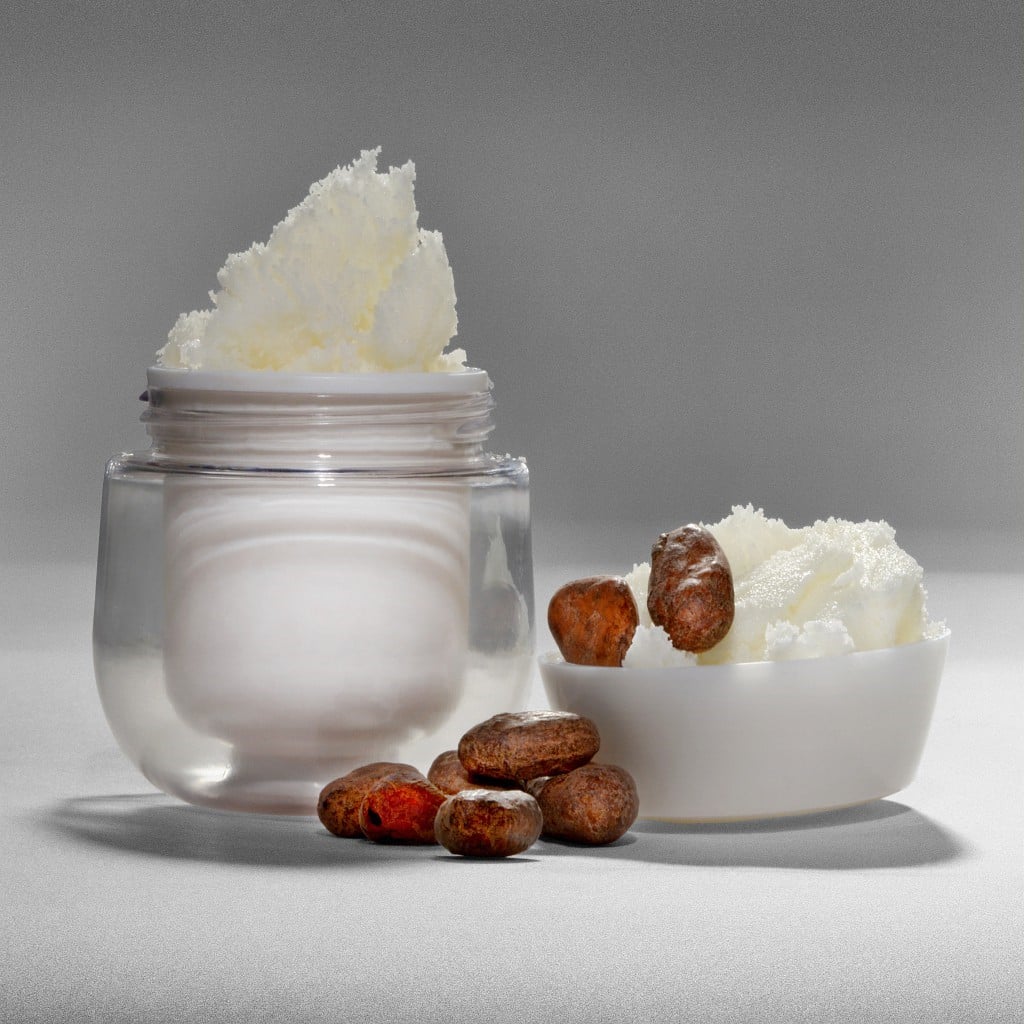Preserve water resources. Preserve water quality, consumed in responsible quantities, throughout the value chain, and in all the watersheds (drainage basins) and communities where L’Oréal operates.

Terms of the action or commitment
X
Levers mobilized for circular economy (according to Ademe)
Implementation timeline
Starting year
2019
Ending year
2030
Main actors mobilized
Internal actors
X
External actors
X
Geographic area
Worldwide
2022 follow-up of the action
Date of follow-up
March 2022
Methods of validation of the follow-up
Status of the action
In progress
Completed
a) Results
Achieved
Partially achieved
Not achieved
b) Numerical / Qualitative information
Cancelled
Explanations
Comparison with the projected pace in the last publications
Keeping up with the times
In advance
Delayed
Partial / Final results
In 2021, L’Oréal innovated to enable its consumers to reduce water consumption related to product use by an average of 5% per finished product, compared to 2017.
In 2021, 15% of the water used in the Group’s industrial processes was recycled and reused on a loop.
In 2021, 15% of the water used in the Group’s industrial processes was recycled and reused on a loop.
Company's comments
L’Oréal has declined this “Water” commitment into four operational sub-commitments, as part of the L’Oréal for the Future programme :
– By 2030, L’Oréal will evaluate all its formulas thanks to its environmental test platform, to guarantee they are respectful of all aquatic ecosystems, whether continental or coastal.
– By 2030, L’Oréal will innovate to enable its consumers to reduce by 25%, on average and per finished product, the water consumption linked to the use of the Group’s products, compared to 2016.
– In 2030, 100% of the water used in L’Oréal’s industrial processes will be recycled and reused on a loop.
– In 2030, all the strategic suppliers of the Group will use water sustainably in the areas where they operate.
To consider this local dimension of water-related issues, the Group created a new indicator in 2021 : the quantitative water footprint. It is calculated based on the water consumption of a site (the difference between the water withdrawal and the wastewater at the exit of the site) and the level of water stress in the watershed in which it is located.
In addition, L’Oréal is committed to supporting its strategic suppliers in their sustainable water management. The Group wants to ensure that each of its strategic suppliers implements a sustainable water management plan and considers the situation of the watershed in which they operate in their industrial water consumption and wastewater treatment.
– By 2030, L’Oréal will evaluate all its formulas thanks to its environmental test platform, to guarantee they are respectful of all aquatic ecosystems, whether continental or coastal.
– By 2030, L’Oréal will innovate to enable its consumers to reduce by 25%, on average and per finished product, the water consumption linked to the use of the Group’s products, compared to 2016.
– In 2030, 100% of the water used in L’Oréal’s industrial processes will be recycled and reused on a loop.
– In 2030, all the strategic suppliers of the Group will use water sustainably in the areas where they operate.
To consider this local dimension of water-related issues, the Group created a new indicator in 2021 : the quantitative water footprint. It is calculated based on the water consumption of a site (the difference between the water withdrawal and the wastewater at the exit of the site) and the level of water stress in the watershed in which it is located.
In addition, L’Oréal is committed to supporting its strategic suppliers in their sustainable water management. The Group wants to ensure that each of its strategic suppliers implements a sustainable water management plan and considers the situation of the watershed in which they operate in their industrial water consumption and wastewater treatment.
Company's others commitments :





